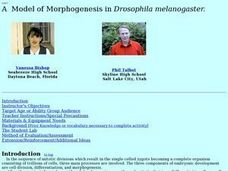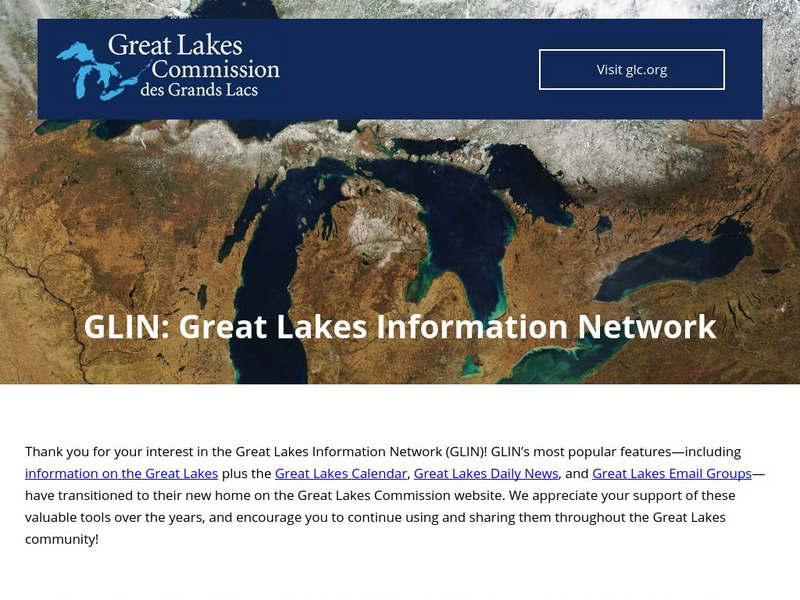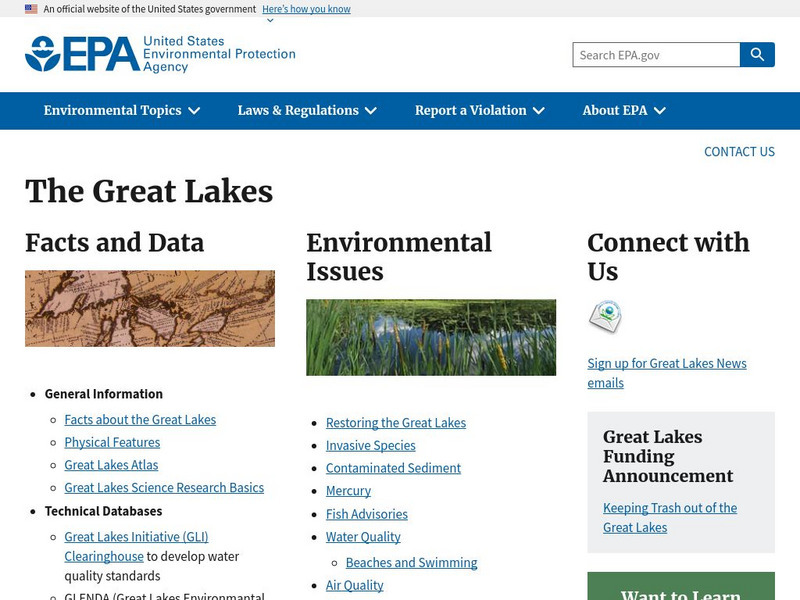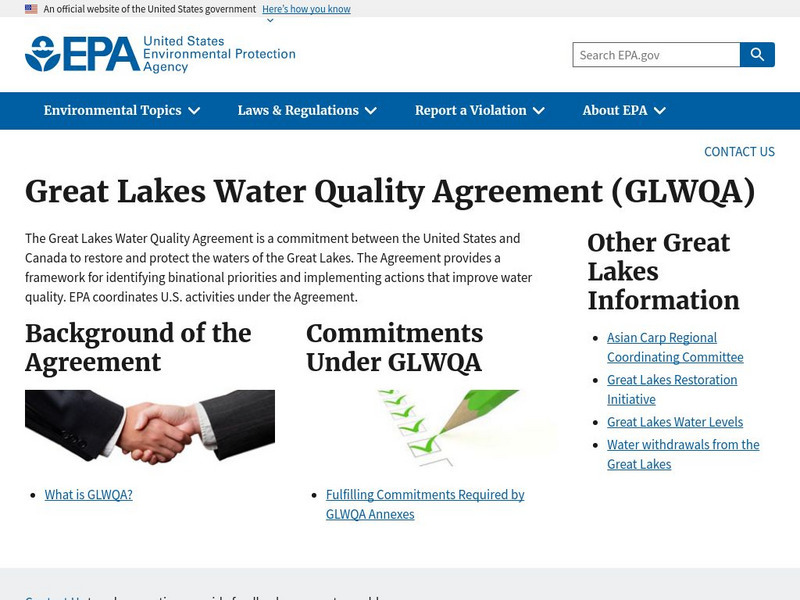Curated OER
Water Magicians
First graders observe water changing states from a solid to a liquid to a gas. They predict what they think happen to ice cubes as they sit out. They paint water with paintbrushes outside the classroom in the sun and watch the water...
Curated OER
Everyday vs. Extreme Relationships with Nature
Students examine the interactions with nature and the environment. They discover where water comes from and ways to conserve water. They also examine energy sources and consumption.
Curated OER
A Model of Morphogenesis in Drosophila Melanogaster
Students investigate the following scientific terms and ideas: rates of diffusion, the role of morphogens in the development of larva, the chemical dynamics of a cell, and the significance of embryo polarity during development.
Curated OER
Excited about Expression!
Students discuss what expression is and listen to the teacher read a page without expression. They give suggestions of how the reading could be more expressive and exciting and observe as they are written on the board. They then discuss...
Curated OER
Hatching Brine Shrimp
Third graders investigate the environment that is considered favorable for brine shrimp hatching. The salinity level is of particular interest in the observations because the optimum level is needed for survival. They make daily...
Curated OER
What Is A Dinosaur?
Learners use the question of "What is a dinosaur?" in order to establish the context for a class investigation. They use a variety of resources in order to gather information. Students compare and contrast the similarities or differences...
Curated OER
Strangers in Their Own Land
Students use interview techniques to explore the traditional wisdom of fishers, farmers, First Nations, and other peoples whose close relationship with nature gives them a deeper understanding of, and sensitivity toward, climatic cycles...
Curated OER
Social Studies: The Fremont People
Learners examine the culture of the Fremont people prior to creating their own copies of their pottery. With teacher-supplied clay, students follow instruction sheets to make their own replicas based on the Fremont pottery designs.
Curated OER
Brain POP - Volcano
In this volcano worksheet, students complete 15 fill in the blank questions on the basics of volcano structure and volcano trivia.
Curated OER
Rocks Word Search Puzzle
In this literacy worksheet, middle schoolers look for the words that are related to the concept that is reviewed in the sheet. They also acquire new vocabulary.
Curated OER
Observing Capitalization Rules
In this capitalization worksheet, students complete three activities that help them follow the rules for capitalization in their writing.
Curated OER
Beginning Analogies 9
In this analogies worksheet, students read the word pairs and choose the answer that best expresses a relationship similar to the original pair.
Curated OER
Seeing/Reading Photographs Lesson Plan: An Interactive History Discussion
Students analyze and read historic photographs. In this historic photographs lesson, students explore history and writing by looking at photographs. Students discuss the photographs and produce a written record of the historical photograph.
Curated OER
Dig Magazine Archeology Quiz #114
In this Dig Magazine archeology quiz, students answer 12 multiple choice questions complementing the October 2010 issue. Page contains answer and additional resources link.
Environmental Education for Kids
Eek!: Discover the Great Lakes
The Great Lakes include, Superior, Michigan, Huron, Erie and Ontario. These lakes form the largest fresh water system on earth and they are North America's greatest natural resource. Learn about the different lakes, how they formed,...
Other
Native Peoples of the Great Lakes Region
The Iroquois and Five Nations dominated the Great Lakes and forced other nations out.
National Wildlife Federation
National Wildlife Foundation: What We Do to Protect the Great Lakes
A description of the various projects of the National Wildlife Foundation to protect the Great Lakes. Includes links to further information.
US Environmental Protection Agency
Epa: Great Lakes
The EPA profiles the Great Lakes ecosystem, their ecological protection and restoration, wetlands, shorelands, pollution prevention, and so on. Click "Visualizing the Great Lakes" for pictures of the lake environment.
Other
Great Lakes Information Network
The Great Lakes Science Center provides research on various topics concerning the Great Lake environment such as fish advisories, contaminants, threatened species, low water levels, and sustainable development of the Lakes.
United Nations
United Nations: Cartographic Section: Great Lakes Region (Map 2) [Pdf]
This map of the Great Lakes region in Africa from the United Nations shows the large lakes, the countries the lakes touch, and rivers that flow into and out of the lakes.
US Environmental Protection Agency
Epa: The Great Lakes
Learn about the Great Lakes by reading detailed facts and data about each of the five lakes. Presents information about management plans, environmental issues, and physical features.
US Environmental Protection Agency
Epa: Canada: Great Lakes Water Quality Agreement
Information about the quality of water in the Great Lakes and the agreement signed by the United States and Canada in response to problems with the quality of the water.
Other
International Joint Commission (Great Lakes)
This bi-national organization deals with boundary disputes between Canadian and American governments in regard to the Great Lakes waterways and water resources. It was founded by the Boundary Waters Treaty of 1909. This organization...
United Nations
United Nations: Cartographic Section: Great Lakes Region (Map 1) [Pdf]
The United Nations offers this very clear map of part of the Great Lakes region in eastern Africa. The lakes, of course, are labeled, as are the rivers, major cities, and countries.






















